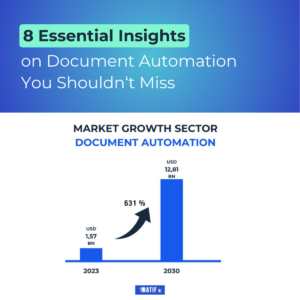Introduction
Document management systems (DMS) have transitioned from being convenient options to absolute essentials for companies eager to optimize their information management strategies. Yet, as we navigate through the relentless advancement of technology, a groundbreaking player has emerged – Artificial Intelligence (AI). This technology, with its wide array of applications, isn’t just altering the landscape; it’s completely transforming it. In this blog post, we’re delving into the intriguing intersection of AI and DMS, showcasing how this powerful combination is pushing the boundaries of business efficiency and intelligence to new heights. Let’s explore together the revolutionary impact at this nexus, where the future of business intelligence is currently being shaped.
Next, we dive deep into the key application areas of AI within document management systems (DMS), shedding light on how the fusion of AI and DMS is crafting an intelligent future. Let’s unravel how this integration is set to redefine the landscape of document management, steering us towards an era where efficiency and intelligence converge seamlessly.
AI Essentials: Understanding the Basics of Artificial Intelligence
The fundamentals of AI are central to understanding the full potential of its integration into DMS. Two key concepts play a crucial role here:
1. Machine learning (ML)
This concept enables AI systems to learn from experience and improve on their own without being explicitly programmed. In the context of DMS, ML can be used to recognize patterns in large amounts of document data and automatically perform classifications.
2. Natural Language Processing (NLP)
Natural Language Processing (NLP) enables AI to understand, interpret and generate human-like language. In document management, NLP can be used to better understand the information contained in documents, leading to more precise search results and automated analyses.
Exploring AI in DMS: Unleashing New Possibilities
There are numerous ways in which AI can be integrated into DMS as a useful tool. AI can merge with numerous workflows of a DMS and be integrated into a variety of workflows. This integration opens up opportunities for companies to benefit from the capabilities of AI in their DMS without having to make significant changes to the way they work.
Document Training: Enhancing Data Handling
The integration of AI allows workflows to be trained for document types. The AI recognizes patterns and structures in large amounts of data – this allows it to get to know the respective documents and can also categorize them according to their type. As a result, the system becomes more intelligent over time and can make more precise analyses and decisions.
Data Content Verification: Ensuring Accuracy and Integrity
AI-powered Document Management Systems transform content verification, ensuring accuracy and compliance with predefined standards. This automation facilitates quality assurance, minimizing the risk of errors or inconsistencies in the documentation process.
Verifying Line Items: Enhancing Precision and Accuracy
Leveraging AI, Document Management Systems can pinpoint and extract specific items within documents. This capability is invaluable in fields like accounting and invoice management, where the precise recording and distribution of line items are essential. Unlike many technologies that fall short, requiring manual checks for each line item, AI enhances efficiency and accuracy, reducing the need for manual intervention.
Recognition and extraction of handwritten content
Thanks to Optical Character Recognition (OCR) and Handwritten Text Recognition (HTR), AI algorithms enable the recognition and extraction of handwritten content. This significantly expands the range of document types that can be processed and also enables the processing of information from analog sources.
Benefits of Incorporating AI into Document Management Systems
1. Increased efficiency in document management through automated processes:
The effectiveness of AI is particularly evident in the automated classification and sorting of documents. This leads to a reduction in manual work tasks, which not only speeds up the processing of documents but also makes it smoother.
2. Enhancing Document Search and Indexing with AI
Implementing intelligent search and indexing functions enables speedy and precise document and information searches and significantly improves the general accessibility of information.
3. Streamlining repetitive tasks and minimizing human error through automation
Repetitive tasks tend to increase the chance of human error, compromising the precision of outcomes. Integrating AI into Document Management Systems (DMS) dramatically enhances the accuracy and quality of results by minimizing the potential for mistakes
4. Boosting security and elevating data protection standards
By consistently complying with applicable data protection standards such as the GDPR and Schrems-2, the integration of AI offers you protection against potential data protection gaps and guarantees increased security for sensitive data & information. In this way, AI can make a decisive contribution to strengthening data security in your company in the long term.
Final Thoughts
Incorporating artificial intelligence (AI) into document management systems (DMS) not only boosts efficiency but also heralds a significant transformation towards intelligent document processing (IDP). This integration facilitates automated functionalities, including the classification and intelligent handling of documents. By diminishing the reliance on manual operations, it accelerates document processing and enhances the ease of accessing information. Furthermore, the adoption of AI-driven automation elevates the precision of outcomes, bolsters security, and ensures stringent adherence to data protection norms.







